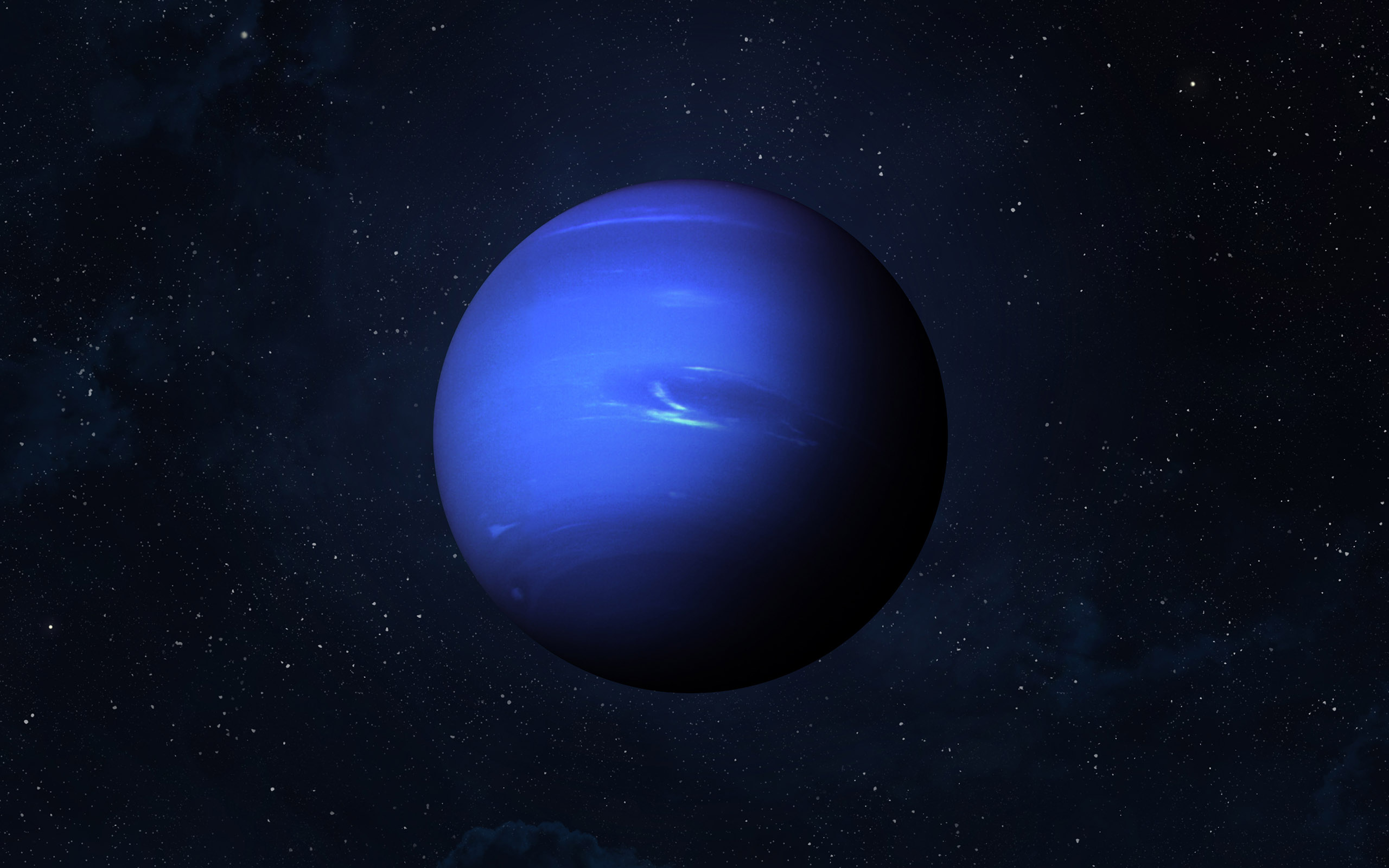Astronomers discovered a mirror planet with metal clouds
In 2020, astronomers discovered an intriguing planet. Dubbed LTT9779 b, the planet was found 260 light-years from Earth, orbiting extremely close to its star. However, there was one really striking feature – the planet’s albedo (how much light it reflects) was extremely high, especially given how close the planet was to its host star. So how did this mirror planet come to be? We may finally know.
For a bit of context, Earth’s albedo is roughly 30 percent because it reflects roughly 30 percent of the Sun’s light into space. Venus, on the other hand, reflects around 75 percent of the Sun’s light, thanks to its thick clouds. So, when astronomers found this star was reflecting around 80 percent of its star’s light, they were baffled.
By all accounts, astronomers believed the planet should be too hot to even have clouds. That’s because it was estimated to have a surface temperature of roughly 2,000 degrees Celsius. The planet is also slightly larger than the size of Neptune. Finding a Neptune-sized world this close to its star was already intriguing enough, but when they discovered how much light it was reflecting, the real mystery came into play.
So how would a planet that is literally too hot to have clouds reflect light? What if it was literally a mirror planet? Well, that explanation might not be that out-of-this-world. According to a new paper published in Astronomy and Astrophysics, European scientists believe it may have to do with metal clouds.
Astronomers used Cheops, a high precision telescope that allows us to zoom in on certain planets and parts of the night sky. This targeted follow-up on the mirror planet allowed us to see that it could very well have a layer of clouds made of silicate and titanate, creating a mirror-like effect that reflects almost all of the star’s light back into space.
It’s a unique planet and shows just how complex our universe is, as well as how much of the unknown is left out there waiting for us to discover it.
In 2020, astronomers discovered an intriguing planet. Dubbed LTT9779 b, the planet was found 260 light-years from Earth, orbiting extremely close to its star. However, there was one really striking feature – the planet’s albedo (how much light it reflects) was extremely high, especially given how close the planet was to its host star. So how did this mirror planet come to be? We may finally know.
For a bit of context, Earth’s albedo is roughly 30 percent because it reflects roughly 30 percent of the Sun’s light into space. Venus, on the other hand, reflects around 75 percent of the Sun’s light, thanks to its thick clouds. So, when astronomers found this star was reflecting around 80 percent of its star’s light, they were baffled.
By all accounts, astronomers believed the planet should be too hot to even have clouds. That’s because it was estimated to have a surface temperature of roughly 2,000 degrees Celsius. The planet is also slightly larger than the size of Neptune. Finding a Neptune-sized world this close to its star was already intriguing enough, but when they discovered how much light it was reflecting, the real mystery came into play.

So how would a planet that is literally too hot to have clouds reflect light? What if it was literally a mirror planet? Well, that explanation might not be that out-of-this-world. According to a new paper published in Astronomy and Astrophysics, European scientists believe it may have to do with metal clouds.
Astronomers used Cheops, a high precision telescope that allows us to zoom in on certain planets and parts of the night sky. This targeted follow-up on the mirror planet allowed us to see that it could very well have a layer of clouds made of silicate and titanate, creating a mirror-like effect that reflects almost all of the star’s light back into space.
It’s a unique planet and shows just how complex our universe is, as well as how much of the unknown is left out there waiting for us to discover it.
